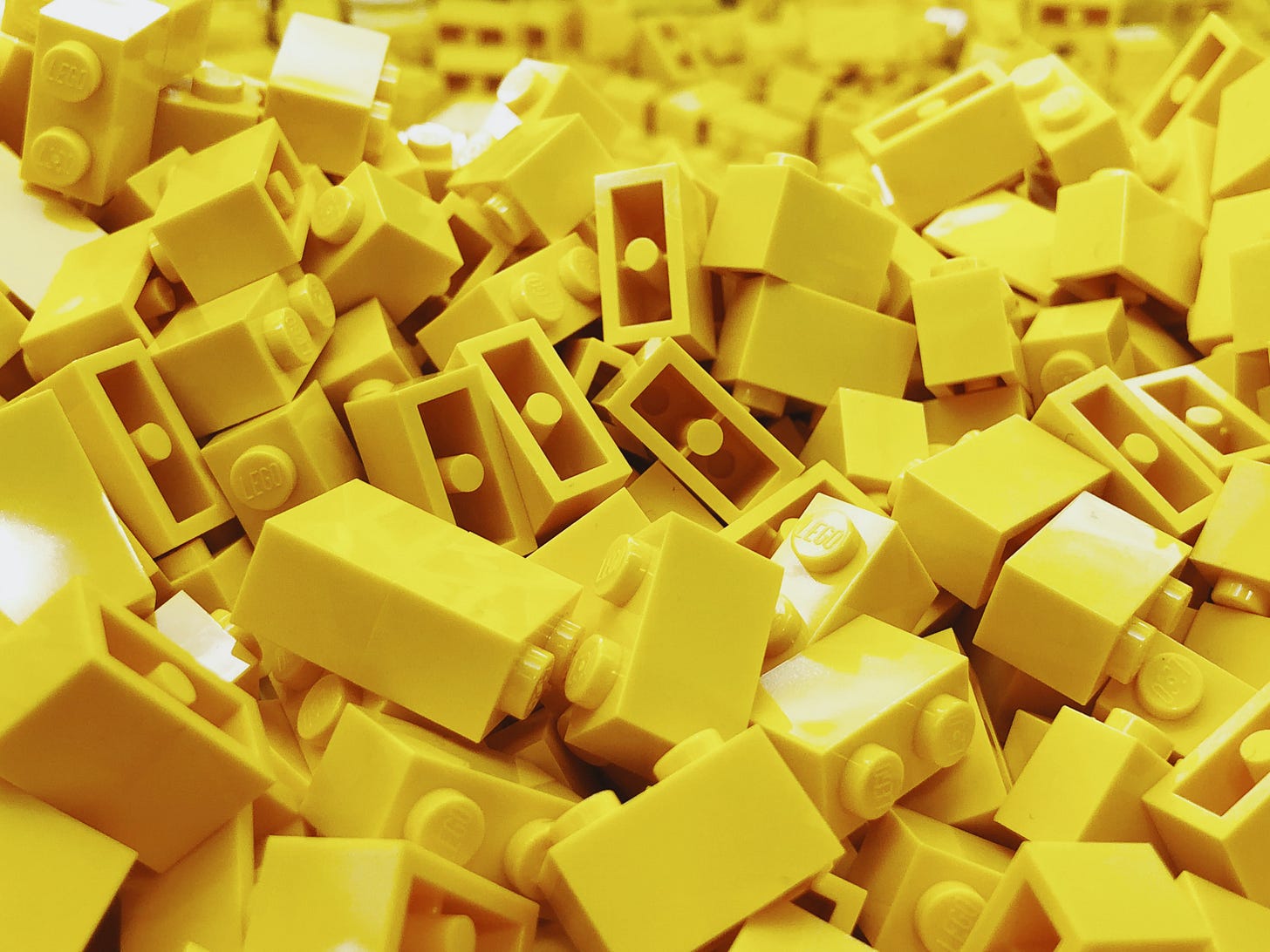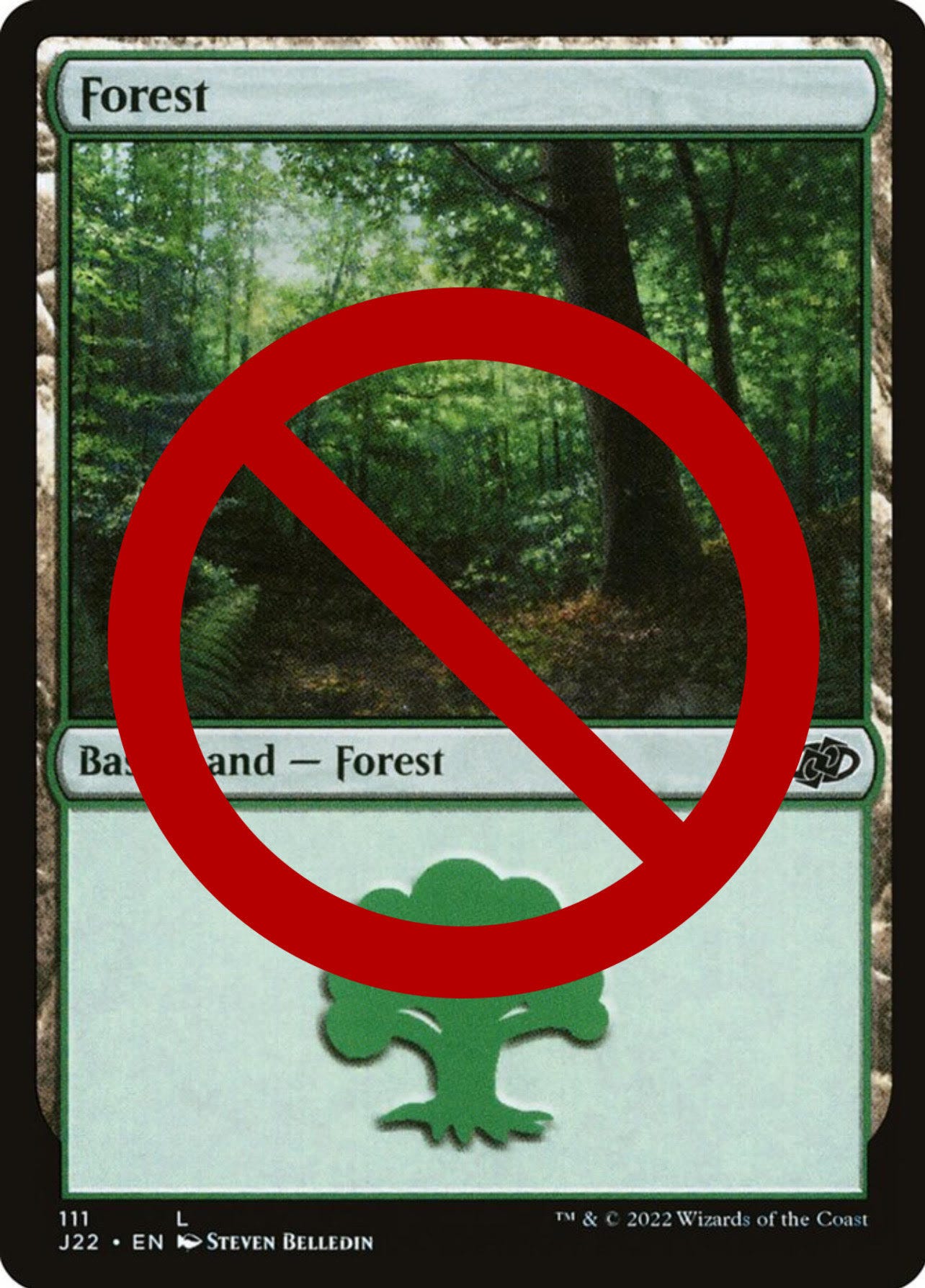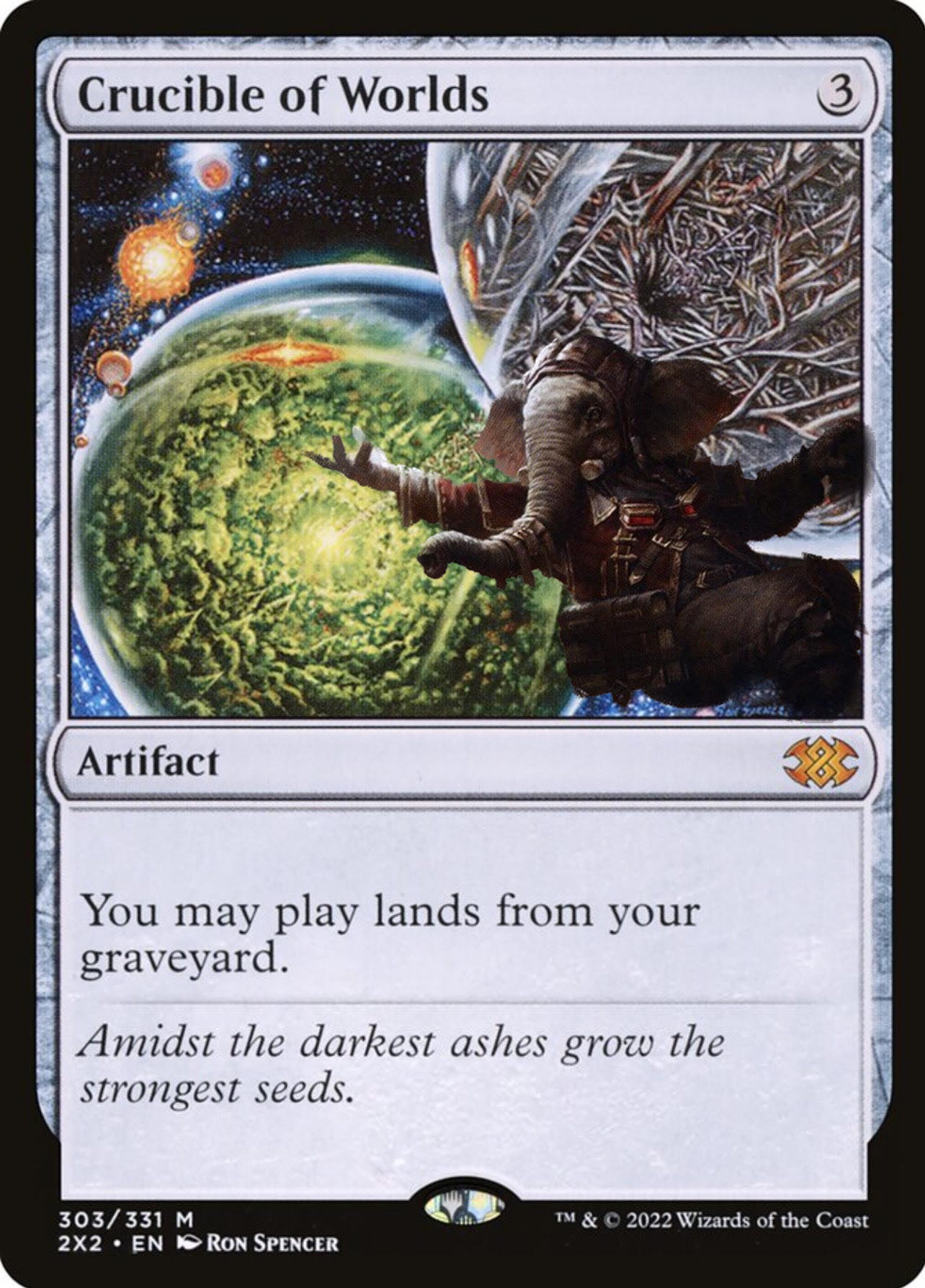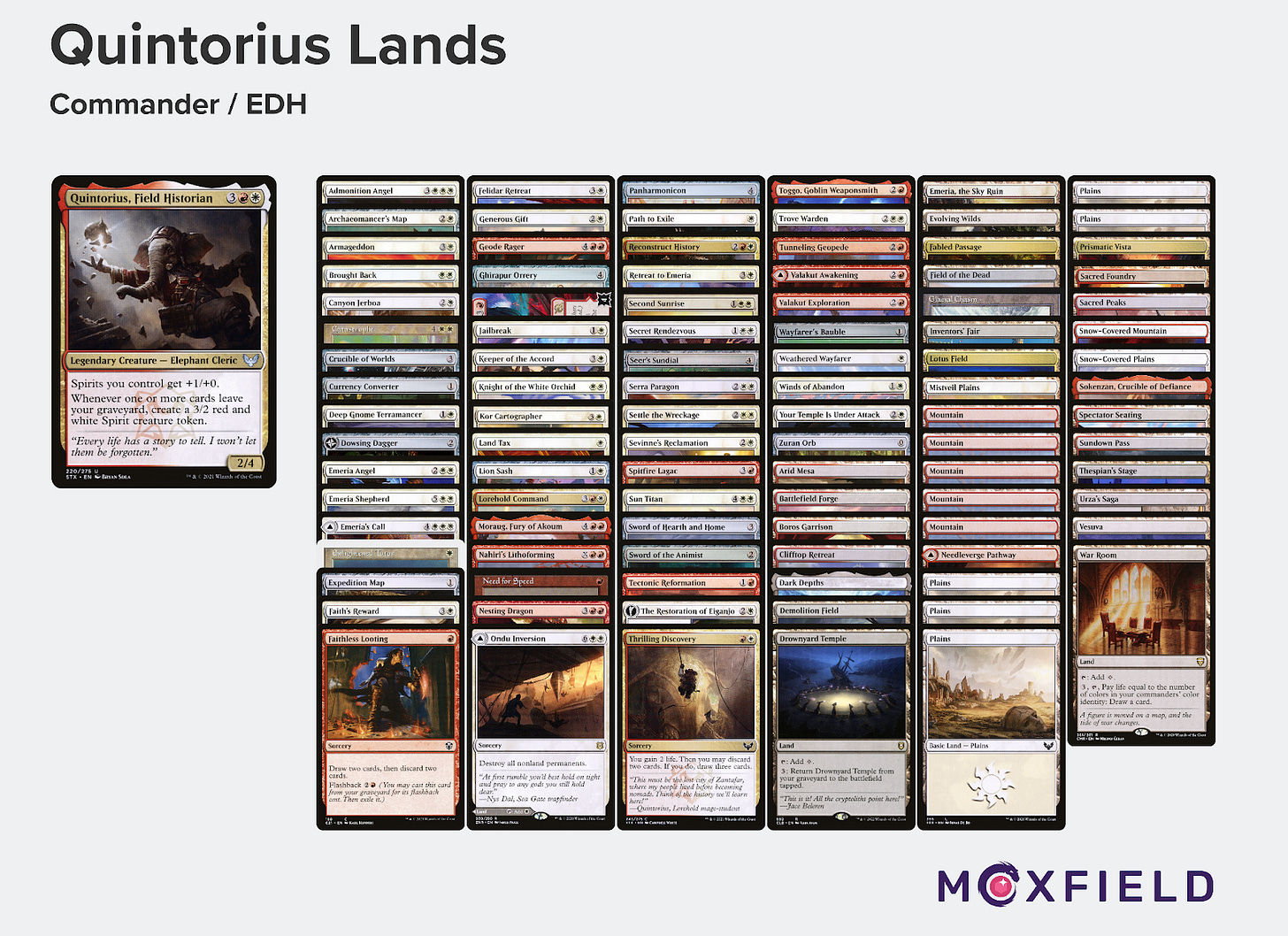The Origin
The Lego brick. Arguably one of the most popular toys of all time. Virtually unchanged since its inception, the Lego brick has fueled the imagination of generations, including my own. As a child, every cent of allowance I earned, every birthday or Christmas present I received, every ounce of attention I had was focused on Lego. I created friendships and bonds on the back of Lego alone. My dad traveled a lot when I was young and he would regularly bring back cool gifts and souvenirs for my siblings from the places he would visit, but for me, he brought back Lego. I was a Lego child, and as any Lego-loving child does, I regularly dreamed of getting one of the BIG sets. I could only imagine the feeling of thousands of Lego bricks littered around me, slowly coming together to form a giant castle, pirate ship, or whatever other Lego theme I was obsessed with at the time. But that dream was never realized. I never had the patience to save up my money, instead, anytime I earned any money I would rush out and buy the coolest set my meager cash could muster.
Recently, however, I fulfilled that childhood dream. I bought myself a BIG Lego set. Lego released a model of an A-Frame Cabin, and if you know anything about me you would know that this set is right up my alley. I ordered it as soon as it became available and within a week I had in my hands a box at least twice the size of my head. I was over the moon. Exhibiting all the patience I could I slowly built it over the course of a few weeks, savoring every beautifully crafted detail of the set. It now proudly sits above my computer for all to see. Childhood me would be so proud.
As I was building the set I was amazed, to the point of audibly noting, at the angles the set designers we able to achieve. Lego bricks, for the most part, are rectangular. Some are round, and some have more harsh angles, but the majority of bricks are some variation of the classic 2x2 block. In this set though, those square bricks did something I have never experienced before firsthand. Somehow those bricks managed to come together to form a perfect, clean-edged, triangle. A shape that is incredibly difficult to achieve using mostly just squares.
This got me thinking, am I creating equally impressive “angles” in my deck building? To keep the analogy going, Magic cards can pretty easily be viewed as 2x2 bricks. On the surface, they say and do one thing, and if we want we can take those rectangles and use them as such. With some creativity and ingenuity, however, we can turn those rectangles into triangles, circles, or whatever wild angles we can dream of.
Brewing Outside the Lines
One of my favorite ways to brew is to look at a theme I like and see how I can twist and tweak it to create incredible new angles. I’ve always enjoyed lands-based decks. Accruing value and advantage while getting ahead on mana is a recipe for success, but I want to try something different with the lands archetype. In order to create the angles that I am looking for it needs to involve a lands deck without any green. So let’s take a dive into making a lands deck sans-green.
In order to be able to achieve the “angles” we are hoping for, we need to start at the base level and identify what makes green-based lands decks work. The three main things that, to me, make a lands deck tick are:
Multiple land drops a turn
This can take a couple of forms. One of which is through traditional ramp spells like Three Visits, Kodama’s Reach, and Explosive Vegetation. Another way is through cards that allow you to play multiple lands a turn like Azusa, Lost but Seeking, Exploration, and Dryad of the Ilysian Grove.
Reusing lands from the graveyard
One common way to ensure that you are always making your land drops is to reuse your lands that have gone to the graveyard. Sometimes this is done in replacement of a land drop made from hand via cards like Ramunap Excavator, Ancient Greenwarden, and Crucible of Worlds. But this recursion can also be done in big ways by returning multiple lands from the graveyard at a time with cards like Splendid Reclamation and World Shaper.
Powerful landfall payoffs
Ultimately the reason to play lands decks is because of the Landfall mechanic. Whenever a land enters the battlefield do “x”. It’s clean, simple, and very powerful. Some of the most classic landfall pieces include Lotus Cobra, Tatyova, Benthic Druid, Scute Swarm, Omnath, Locus of Rage, and the big daddy himself Avenger of Zendikar.
In order to create a landfall deck that doesn’t contain green we will need to find creative ways to achieve all of the above ideas, but do so in a way that creates unique and eye-catching “angles”.
For a long time, I have been of the opinion that white is the second-best color in the game for lands strategies. As of late, Wizards has really taken that idea and pushed white’s “catch-up” lands mechanic to new levels. So for this lands deck, I want to use white as the headliner. The options then are to let white stand on its own or be paired with blue, black, or red. Blue brings great card advantage and some interesting pieces like Roil Elemental and various cloudfolk to help maintain regular land drops. Black has strong graveyard recursion plus drain effects like Retreat to Hagra and Ob Nixilis, the Fallen. But ultimately red has the most firepower to back up white because of its strong ability to loot lands into the graveyard and deal game-ending blows with cards like Valakut Exploration, Seismic Assault, and Moraug, Fury of Akoum (plus I’ve always wanted a place to play Nahiri’s Lithoforming, that card is sweet!) So, Boros, it is! There are no commanders in the Boros color identity that synergize directly with lands or landfall, which means our “angle” generation will have to start with the commander. Queen Kayla bin-Kroog is a great option to fill our graveyard quickly, Cadric, Soul Kindler has some cool tech in being able to copy legendary lands to double up on landfall triggers but ultimately I settled everyone's favorite elephant boy, Quintorius, Field Historian. As noted above one of the key ways green landfall decks churn out game-winning advantage is by recurring lands from the graveyard, so for our purposes, Quintorius’ rules text basically says “Whenever you play a land from the graveyard, make a 3/2 red and white spirit creature token”
So now that we have our commander identified, let's look again at the three key landfall strategies we identified earlier and see how we will make them work within our new constraints.
Multiple land drops a turn
Surprisingly white has quite a few ways to make multiple land drops a turn. There are no Rampant Growth style instants or sorceries, but there are a number of creatures that can search out a land directly to the battlefield. Some of these are pretty basic, Kor Cartographer and Solemn Simulacrum enter the battlefield and grab you a land unconditionally. Sword of the Animist, Sword of Hearth and Home, and Dowsing Dagger are all equipment that on a successful attack can grab you a land or in the case of the dagger can become an incredibly powerful 3 mana producing land. You also have Ghirapur Orrery which does grant all players an extra land drop a turn, including your opponents, but if things are going right you will be getting a lot more advantage off of it than your opponents will. And who knows, maybe that little boost to your opponents can get you in their good graces.
Reusing lands from the graveyard
This is where white absolutely shines and is the focus of our deck since our commander really wants to see things cycle in and out of the graveyard. Let's start with the standout card in the deck, Crucible of Worlds. It’s simple but powerful, and with Quint out it basically reads “Whenever you play a land from the graveyard you make a spirit.” The deck runs a handful of fetchlands (all on color bc off-color fetches are weird to me) so you can loop them turn after turn. Beyond crucible, we also have a suite of cards that return permanents from the graveyard directly to the battlefield. Sun Titan, Sevinne’s Reclamation, and Serra Paragon are all great ways to do this for a single land. But cards like Second Sunrise and Faith’s Reward is where things get exciting. You haven’t lived until you have cast an Armageddon followed up by a Faith’s Reward. But it doesn’t even need to be as severe as an Armageddon. You can sacrifice all of your lands to Zuran Orb and then bring them all back via Second Sunrise, pulling off a pretty convincing Splendid Reclamation imitation. This recursion can also be as simple as a Drownyard Temple. Activating and sacrificing it each turn can make a steady stream of 3/2s which can quickly get out of hand and overtake a game.
Powerful landfall payoffs
The last category also packs some heat. Landfall payoffs are plentiful in these colors and combined with some of the powerful recursion mentioned above can create scenarios where we are getting 10+ triggers in a single turn which more often than not is more than enough to win the game. Tunneling Geopede and Spitfire Lagac are the simplest of the bunch, “make a land drop, do damage”. Nesting Dragon and Felidar Retreat can make powerful armies, Admonition Angel can clear the board of pesky threats, and Emeria Shepherd can get back your most valuable creatures from the yard. The big winner in the landfall camp though is Moraug, Fury of Akoum. Whether it is a single land drop or returning all our lands from the graveyard Mourag is the heat this deck needs to cleanly finish off all your opponents.
The rest of the deck is filled out with graveyard synergies, a few other cool bits of land tech (like the newly released Invasion of Kaldheim), and some basic removal. Check out the full list here! https://www.moxfield.com/decks/Y-8gyjNLoEGd0EIqv-VEYg
Conclusion
The next time you go to build a deck I want you to stop and think about the cool “angles” the deck could achieve and push yourself to try something new. Could you swap a color for a less popular one for that archetype? Could you run fewer staples and more off-the-wall cards that haven’t seen play in years? Could you try a less popular or powerful commander and give the deck a unique twist as a result? Whatever the approach, try seeing if you can take the classic 2x2 brick known for making blocky square homes and see if you can transform them into interesting shapes full of undiscovered angles.
What archetype should we cover next time on “Mind your Angles”? Submit your vote below!








